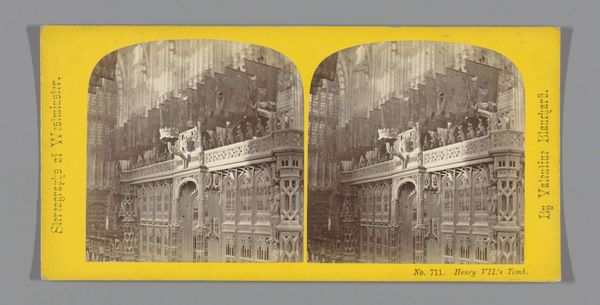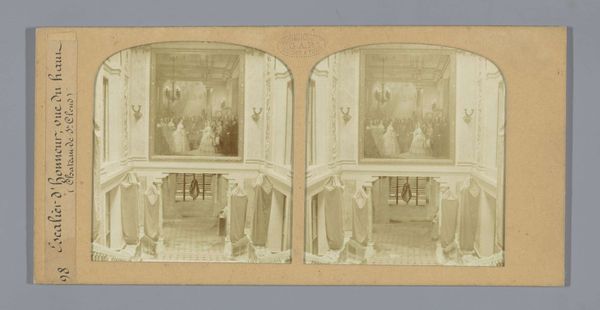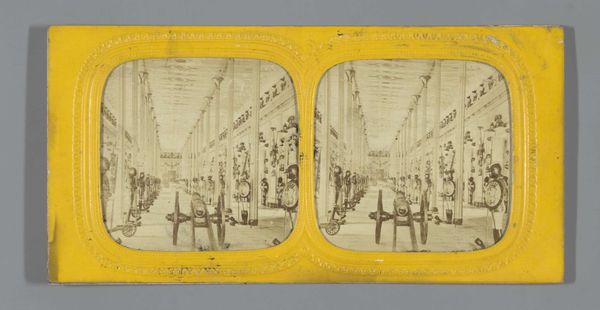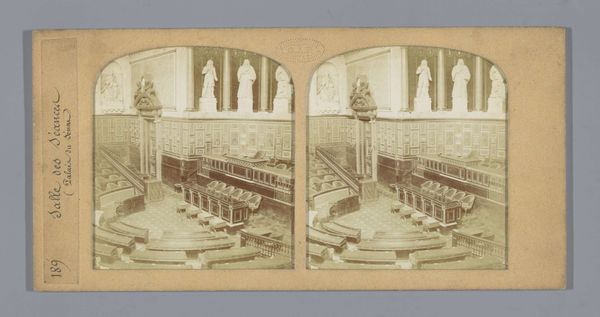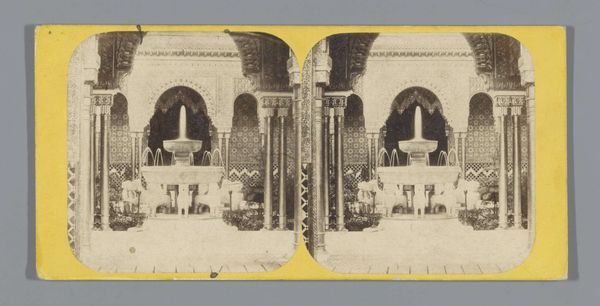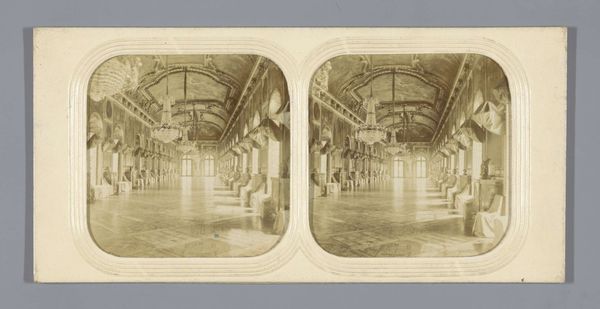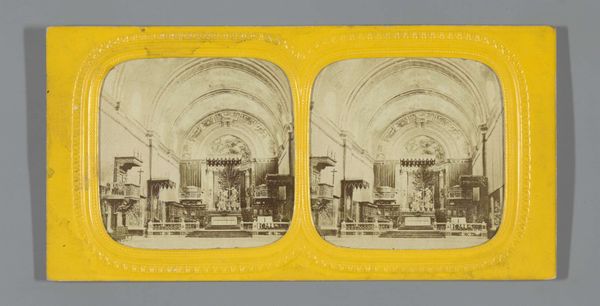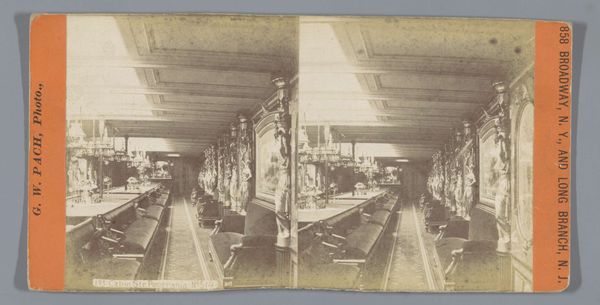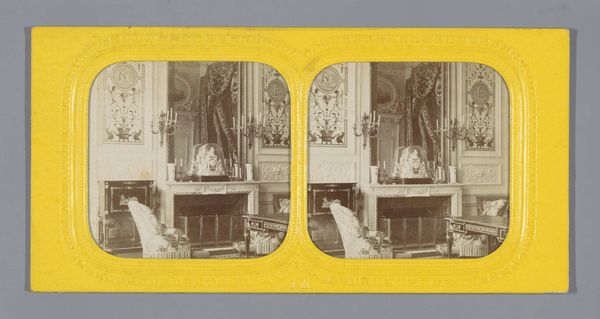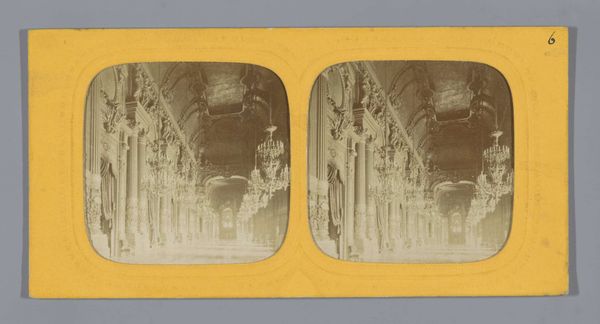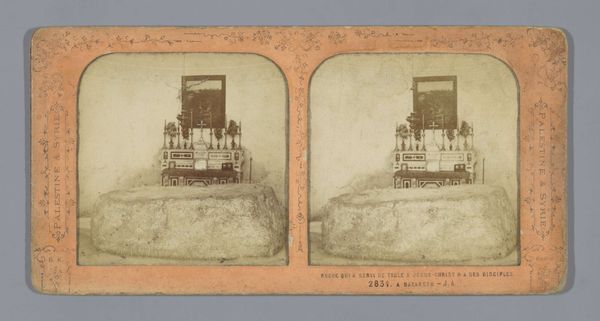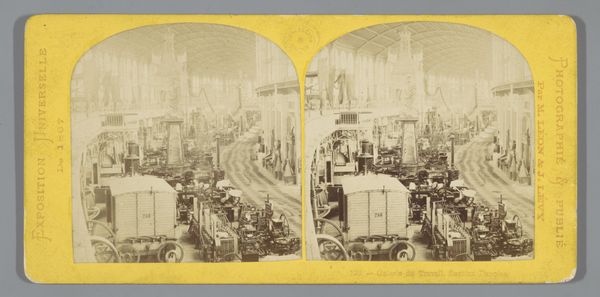
print, photography, collotype
# print
#
landscape
#
photography
#
romanesque
#
collotype
#
cityscape
Dimensions: height 88 mm, width 172 mm
Copyright: Rijks Museum: Open Domain
Curator: This collotype print from 1871, credited to Charles Dauvois, captures the ruins of the Cour des Comptes in Paris, taken during the Paris Commune. A rather grim cityscape. Editor: Immediately, the parallel colonnade and its vanishing point create a harrowing sensation. A sense of endless destruction pervades, amplified by the greyscale tones and the rigid geometry. Curator: Indeed. This image functions as a powerful document of the Commune, revealing its intense socio-political turmoil and its devastating effect on the urban fabric. Consider how the Cour des Comptes, the national auditing authority, became a casualty, symbolic of a system overthrown, if only for a short time. Editor: Looking at the structural elements themselves—the fluted columns, the archways now broken— I observe an interplay of order and chaos. There's an undeniable beauty in the repeating architectural forms, yet the pervasive damage disrupts any sense of classical harmony. A brutal, visually arresting contrast. Curator: That destruction was, in part, orchestrated. While some damage occurred during fighting, many buildings, including the Cour des Comptes, were intentionally set ablaze by Communards to prevent government forces from using them as strongholds. Photography served as crucial visual propaganda to record the government’s attempt to regain power. Editor: I'm compelled by the use of light here; the harsh sunlight revealing the extent of the ruin and its capacity for shadows that are suggestive of mystery, absence. It casts the ravaged stonework with stark realism, highlighting every crack and missing piece, an exercise of tonal juxtapositions that emphasizes the rawness. Curator: The photographer undoubtedly capitalized on this light to accentuate the sense of desolation and create a potent, political statement. This also allowed Dauvois to document a decisive and precarious time in Parisian history when the definition of "nation" was being renegotiated amidst revolutionary ideas. Editor: A complex image, politically charged and aesthetically provocative, it brings the materiality of both the architectural elements and their fractured design to speak with each other to define destruction and creation at once. It makes us see destruction on different levels. Curator: Absolutely, a grim visual testament that preserves a volatile moment in Paris, charged with profound cultural significance.
Comments
No comments
Be the first to comment and join the conversation on the ultimate creative platform.
